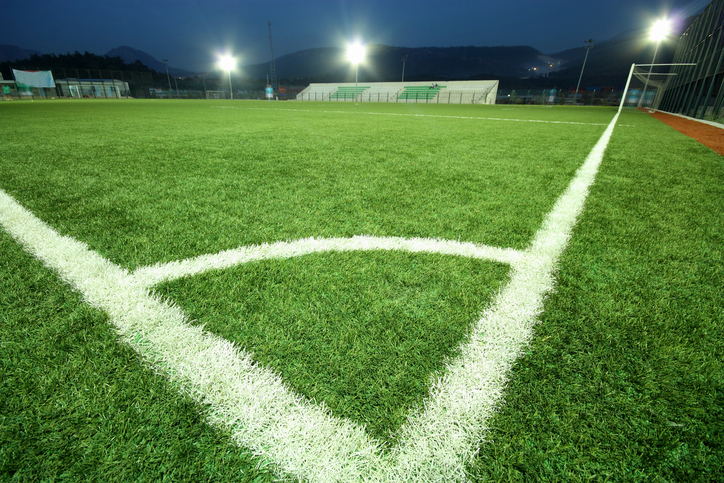What’s the difference between turf and grass? Nowadays, when folks use the word “turf”, they may be referring to synthetic lawns like “AstroTurf.” But when we talk about turf at Deer Creek Seed Co., we’re using the word somewhat interchangeably with our grass products. Specifically, it refers to our grass products that are used for sports fields, golf courses, playgrounds, or other special-use grass areas.
If you’re considering installing a special-use turf area, there are several factors you should keep in mind when selecting a sports turf blend that will be best-suited for your area. Turf species, region and climate, soil type and fertility level, desired maintenance, and seed quality are all important things to consider when deciding on the type of turf you will be installing.
So, rather than belabor the basics on how to plant turf seed properly (we’ll be doing that soon!), here we’ll break down some important concepts and explain how they may affect your turf decision-making.
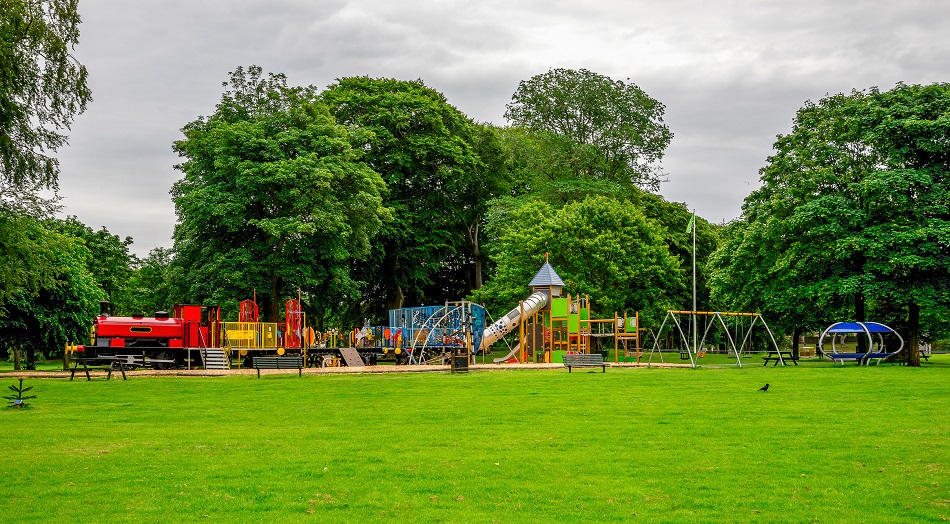
Turf Species
Popular turf species include Kentucky bluegrass, fine fescue, zoysia grass, perennial ryegrass, bermudagrass, St. Augustine grass, tall fescue, and bentgrass. Depending on where you live in the United States, you may have never heard of some of these species before!
And that’s our first big point: using the right grass species for your area is probably the most important factor to keep in mind when establishing an athletic or multi-use turf grass field. If you live in the South, Kentucky bluegrass or fine fescue (both of which are cool-season grasses) probably won’t do very well, especially during the hot and dry summers. Conversely, if you live in the Northeast or upper Midwest, St. Augustine grass or Bermudagrass won’t survive the freezing temperatures of winter.
For a variety of reasons, it’s best to mix turf species together so that you have an overall stronger turfgrass field. Using the upper Midwest as an example, a common theme with turf blends is to combine a few varieties of Kentucky bluegrass with a few varieties of fescues. Kentucky bluegrass is a cool-season creeping turf that will fill in bald patches over time and green up quickly in the spring. While fescues are also cool-season turf species, they can handle droughty soils and hotter temperatures than bluegrasses and they tend stay greener longer during the hotter months – but they’re patchier in growth, which is why it is common to combine them with bluegrasses.
We recommend that you research the species of turf that you’re interested in and make sure they will complement each other in a blend. Part of this decision will require that you have a good idea of your region’s climate!
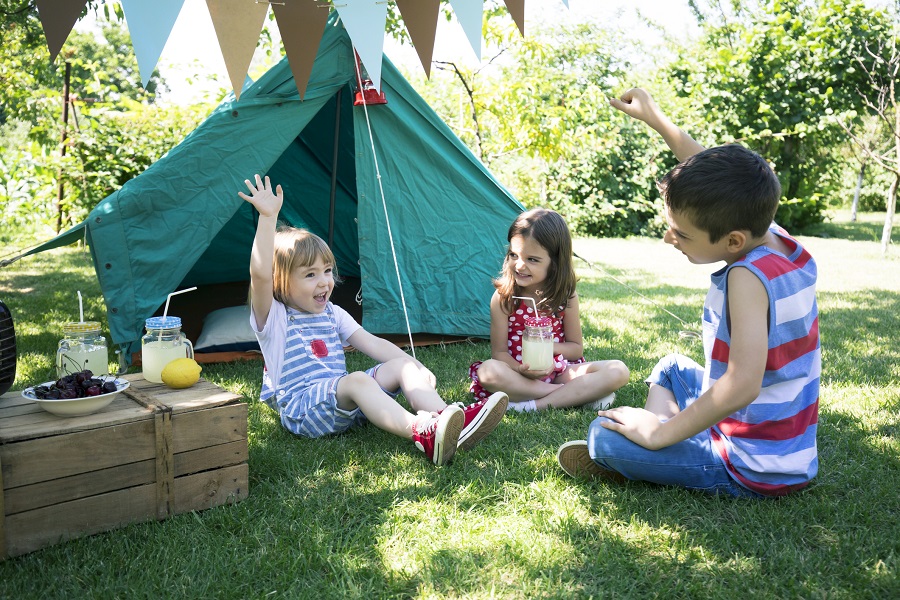
Region (and Climate) Do Matter!
If you’re installing a baseball field in northern Wisconsin, you’re probably going to have an entirely different climate (not to mention soil type) than someone installing a similar field in Kentucky.
Warm-season grasses handle hot, dry, or tropical climates much better than cool-season grasses. Furthermore, cool-season grasses tend to shut down and go dormant during really hot and dry summer months. In the northern Midwest, for example, Kentucky bluegrass tends to turn brown and go dormant during the July and August months when moisture is in short supply and the temps are high.
Let’s say you live in Illinois and you know that your region gets a little more rain in the summer and has milder winters than the rest of the state. Then you might be safe using a blend that includes some transition-zone grasses like tall fescue or ryegrass for your athletic field. However, those grasses wouldn’t stand up very well in Atlanta, Georgia. In that case, you should be thinking about bermudagrass or zoysia grass instead.
Or let’s say you’re installing a putting green for a golf course and you choose to use bentgrass. It’s a great choice – but again, if you’re in a coastal southern state, you may want to choose a better species such as bermudagrass.
As I wrote before, it’s definitely worth researching your chosen turf species to see how they handle things like drought, humidity, freezing temperatures, and temperatures that go over 100 degrees Fahrenheit prior to purchase and installation.
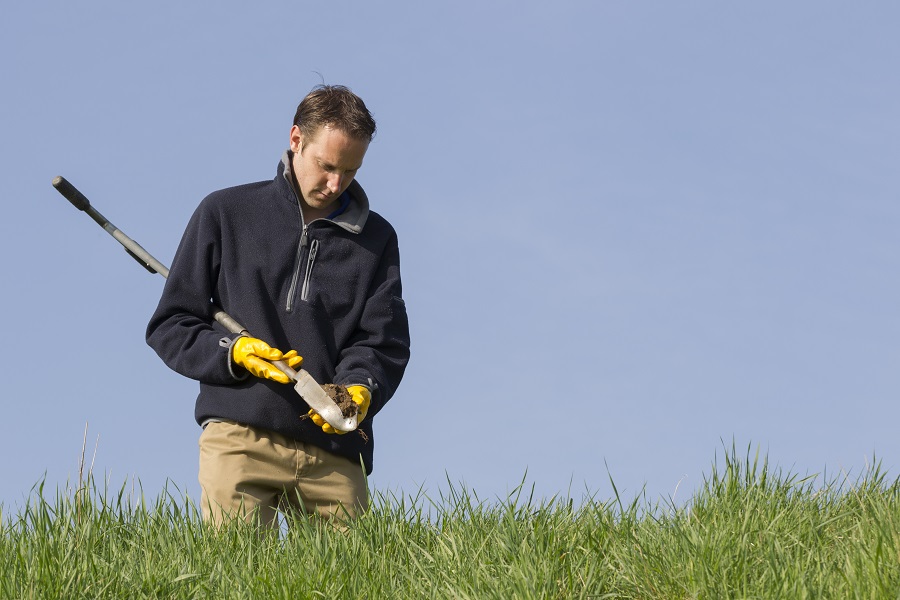
Soil Type and Fertility Level
This brings us to another important topic: soil type and fertility level. Where are you installing this athletic or multi-use turf field? What kind of soil do you have to work with? Some turf species handle sandy soils much better than others, such as bermudagrass or fescues. Other species can tolerate clayey soils, such as ryegrass.
Still, as much as your soil type is important, your soil’s fertility level also matters – a lot! Grasses, in general, are a very nutrient-demanding family of plants, though some grass plants are more demanding than others. Bermudagrass and fescues have lower fertility requirements, whereas Kentucky bluegrass and St. Augustine grass have higher fertility needs.
You should have a good understanding of your soil type and fertility levels before installing any turf field. We strongly recommend that you get a soil test that is specific to turf installation. You can reach out to your local state university soil testing lab or county Extension office for more information on these.
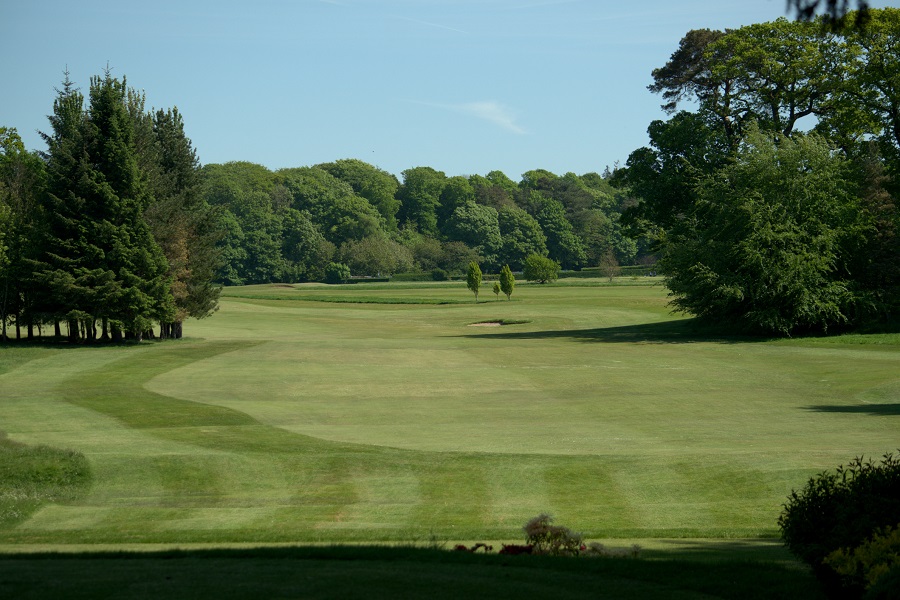
Desired Maintenance Level and Usage
This one seems obvious but sometimes folks don’t really consider how much time, energy, and money they want to put into an athletic or multi-use sports field. What are you doing with your field and how much monetary resources do you have to maintain it after installation?
If you’re a county or regional park director and you’re installing a campground or multi-use sports field, you should consider how that turf will be used and how much traffic it will ultimately see. Turf species that handle traffic very well include bermudagrass and zoysia grass. Species that handle traffic moderately well and may require periods of recovery include Ryegrass and Kentucky bluegrass.
Another thing to consider is the level of maintenance you want to put into your athletic turf field. Fertilization, which we touched on previously, is just one aspect of turf maintenance. There’s also mowing, thatching, and disease, weed, and insect control to consider. Just like people, there are grasses with varying levels of maintenance needs. Some turf species are “high maintenance” and others are “low maintenance.” For example: If you don’t have the time or resources to devote to thatching, fine fescue or ryegrass may be more appealing to you than Kentucky bluegrass or zoysia grass. No matter what turf species you choose – all are going to require a basic level of yearly maintenance that you will need to be prepared for.
Seed Quality – Only the Best!
While all the previous topics are incredibly important when selecting a turf grass blend for your sports or multi-use field, probably the most important is that you buy high quality seed! Here at Deer Creek Seed Co., one of the biggest decision-making tools we use when creating our turf blends are the rating systems developed by the National Turfgrass Evaluation Program.
This program was developed as a national standard of tests and evaluation protocol that would consider a turf species’ (and the cultivars of that species) adaptation to various regions of the United States. Metrics that are evaluated include disease resistance and tolerance, drought resistance and tolerance, humidity tolerance, fertility requirements, heat tolerance, freezing tolerance, traffic tolerance, mowing and damage tolerance, and a variety of other stressors that will affect turf grass species across the country. If you really want to wander into the weeds on this one, check out their page (use the link above) and review some of the 2017 data that has been released.
We don’t just use these ratings to determine which species and varieties of turf grass we are going to produce and sell. As a member of the American Seed Trade Association, we hold ourselves to a higher standard by requiring germination, purity, and noxious weed seed tests on every lot of seed we produce, clean, and package. This ensures that our customers are getting only the highest quality seed from us!
Whether you buy from Deer Creek Seed Co. or another turf grass supplier, make sure they use NTEP ratings to select the best species and variety for your situation – and don’t be intimidated by looking into these yourself! Also ensure that the seed you’re purchasing has been tested for germ, purity, and the presence of noxious weed seed. For example, Deer Creek Seed Co. guarantees its seed is 99.9% weed free and we stand by this guarantee fastidiously. Don’t accept less from your supplier!
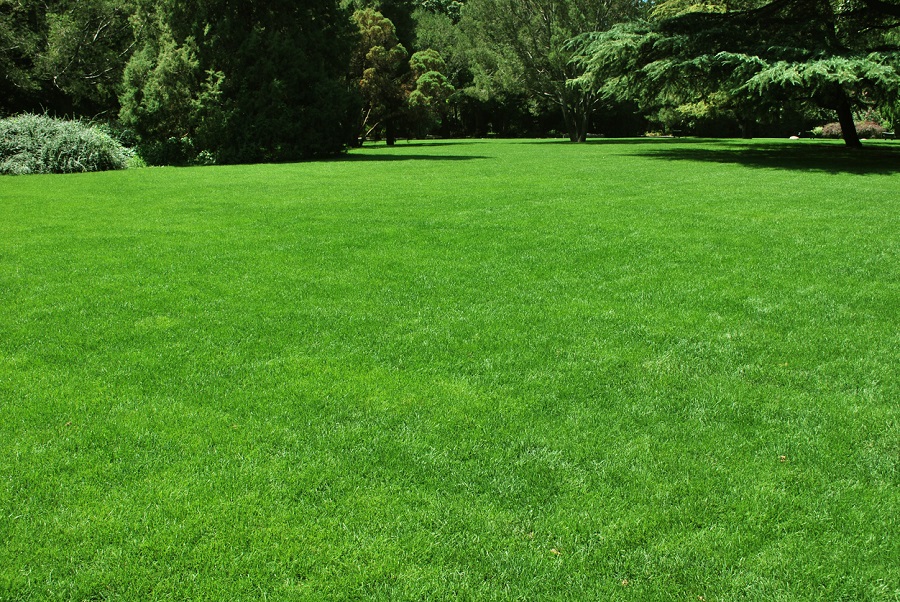
Custom Blends or Pre-Made Mixes?
We often get calls from folks who are considering putting in athletic or multi-use turfgrass fields. They can’t decide whether to get a custom blend or to purchase one of our pre-made mixes, such as our All-American Athletic Turf Mix or our Low Grow Fescue Turf Mix. We definitely welcome these calls (feel free to pick your phone up right now and call our customer service department at 1-877-247-3736)!
If you live in the northern and transitional zones of the U.S., our pre-made, premium turf blends are ideally suited for your climate. But if you live in the south, you’ll have different soil types that need to be taken into consideration, and you’ll need turf blends that can handle heat or drought more aggressively. We can help you find or create the blend you need so don’t hesitate to call us to learn more!
A Final Word
Don’t be intimidated by the decisions that go into choosing a turf species blend for your athletic field. It may seem like a lot but can be boiled down to the following considerations:
- Your region’s climate
- Your field’s soil type and fertility level (a soil test will solve this!)
- Desired maintenance and usage levels
- Quality factors such as disease resistance, climate factor resistance (specific to your area), and wear/tear resistance
- Seed purity and germination standards
If you have further questions about these considerations or would like Deer Creek Seed Co. to design a turf blend that’s right for you, give us a call today!



